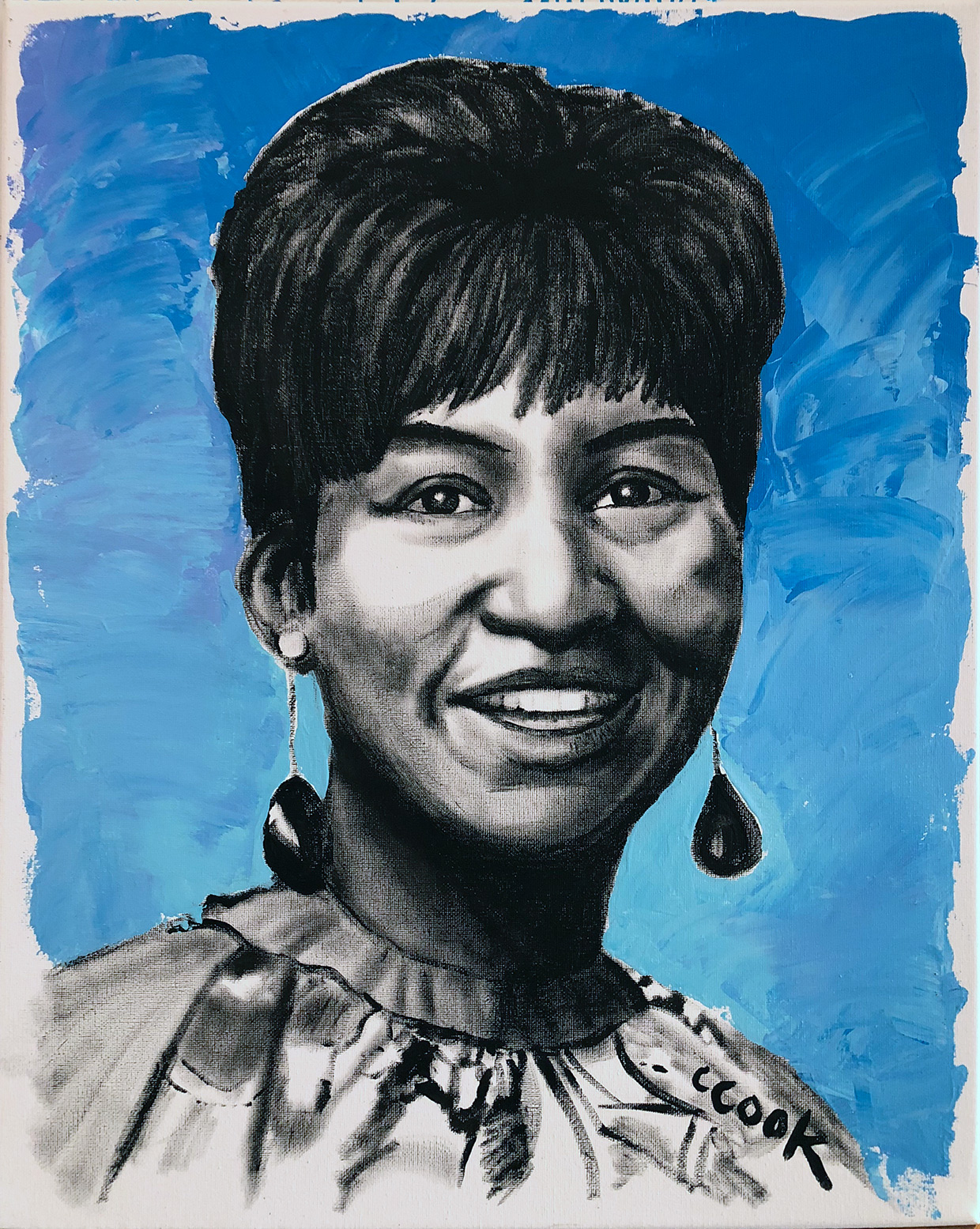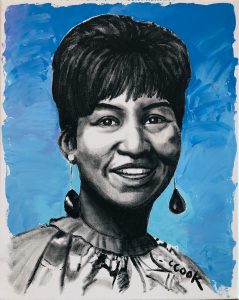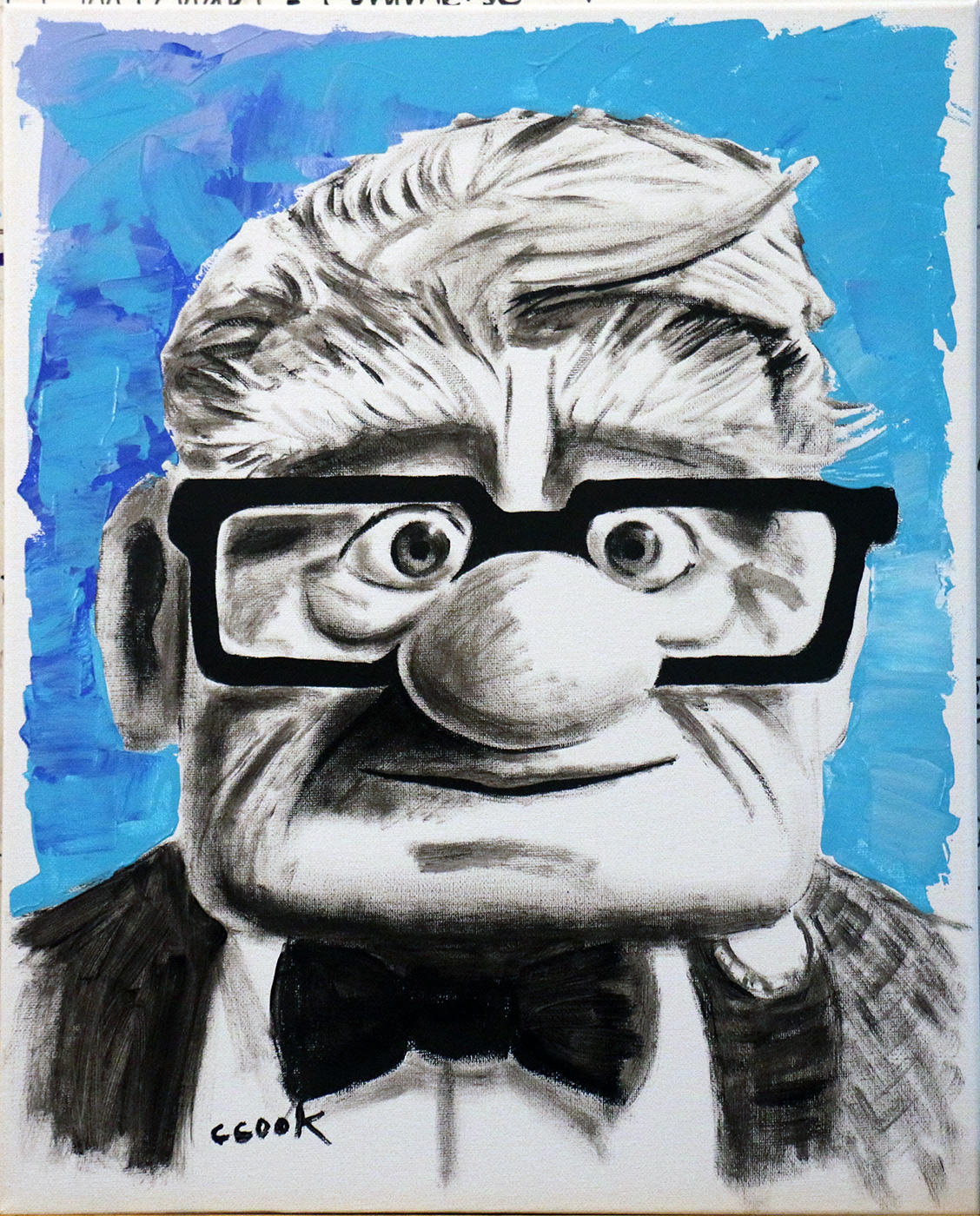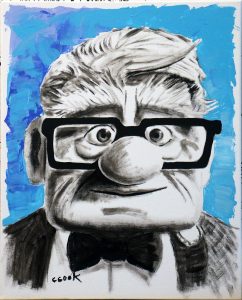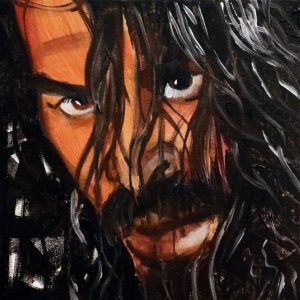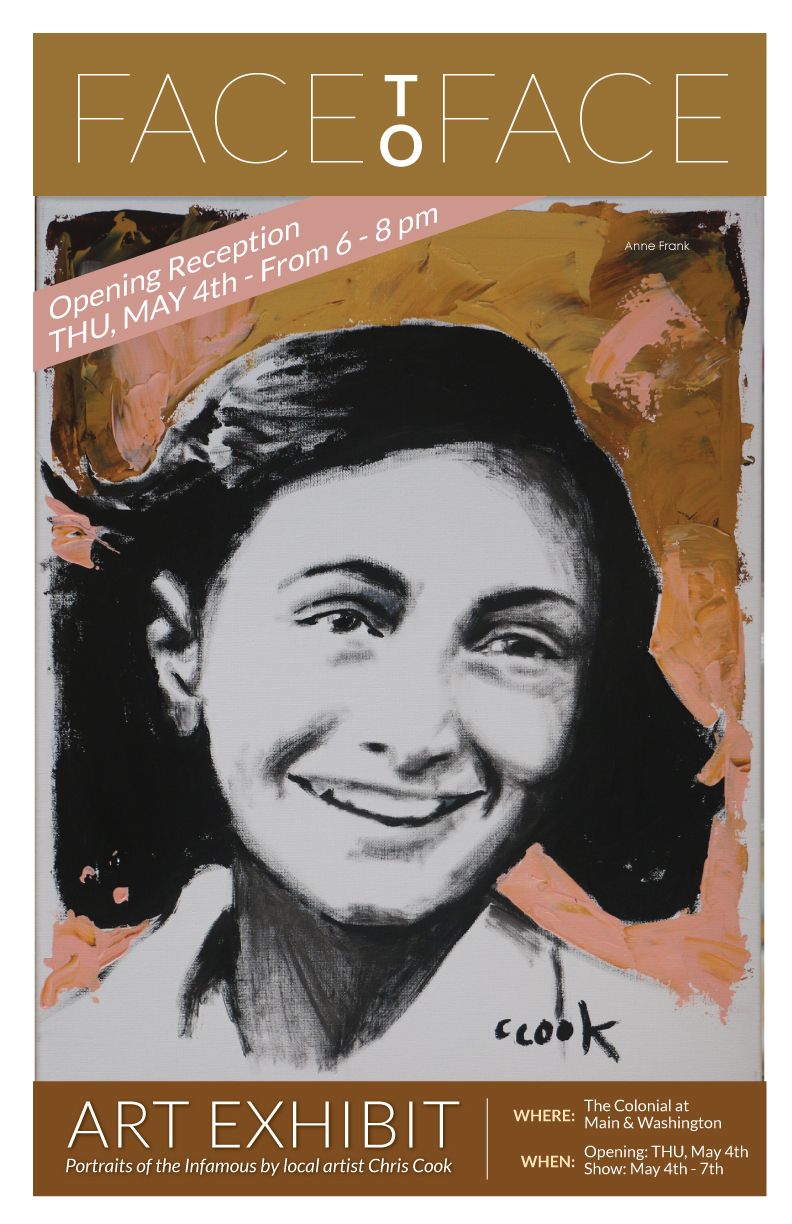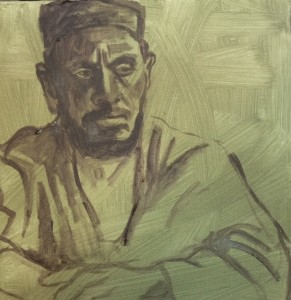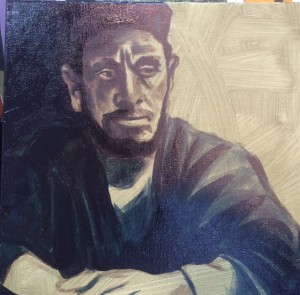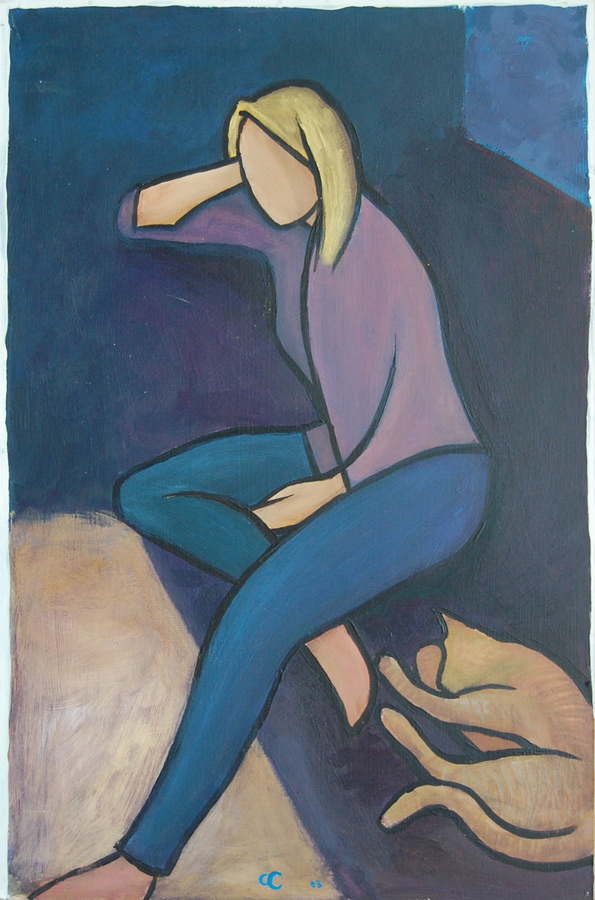Pop Up Gallery for Christmas 2019
Carter Atchison along with Tori Pirtle of Madison, GA teamed up to present the art of Chris Cook in an empty store front offered to Chris by the store owner. The storefront had been empty for several years – but this Christmas season, Carter Atchison and Tori Pirtle headed the project from picking art to hang, all the social media, marketing, adding all art to Etsy for sale planning a Soirée to invite everyone for a preview.
New paintings were created for this temporary gallery and many works not seen in any exhibits by the artist were selected so that our faithful attendees will see new, unseen works.

Below are some of the social media work from Carter Atchison and Tori Pirtle created…
We are pleased to announce the opening reception for “Holiday Pop Up Gallery” on Friday, December 13th from 5-8pm. The exhibition is being hosted by Ishmael Bowman and features art work from local artist Chris Cook.
Enjoy the art work and refreshments such as wine, beer, and assorted snacks. Part of the proceeds will go to benefit Companion Animal Rescue, a nonprofit organization.
Check out some of the artwork that will be on display at https://www.etsy.com/shop/ChrisCookArtist
AND
The Pop Up Gallery is officially open! Come visit from 12-4pm Tuesday-Saturday, and we’ll be opening at 10am this Saturday for the Tour of Homes!
There only a few days left for viewing this body of work – come down to 207 W. Jefferson Street in downtown Madison, GA across from Town Park. If it seems closed – look at the sign on the front door to contact Carter Atchison for a viewing.
Thank You,
Carter Atchison

